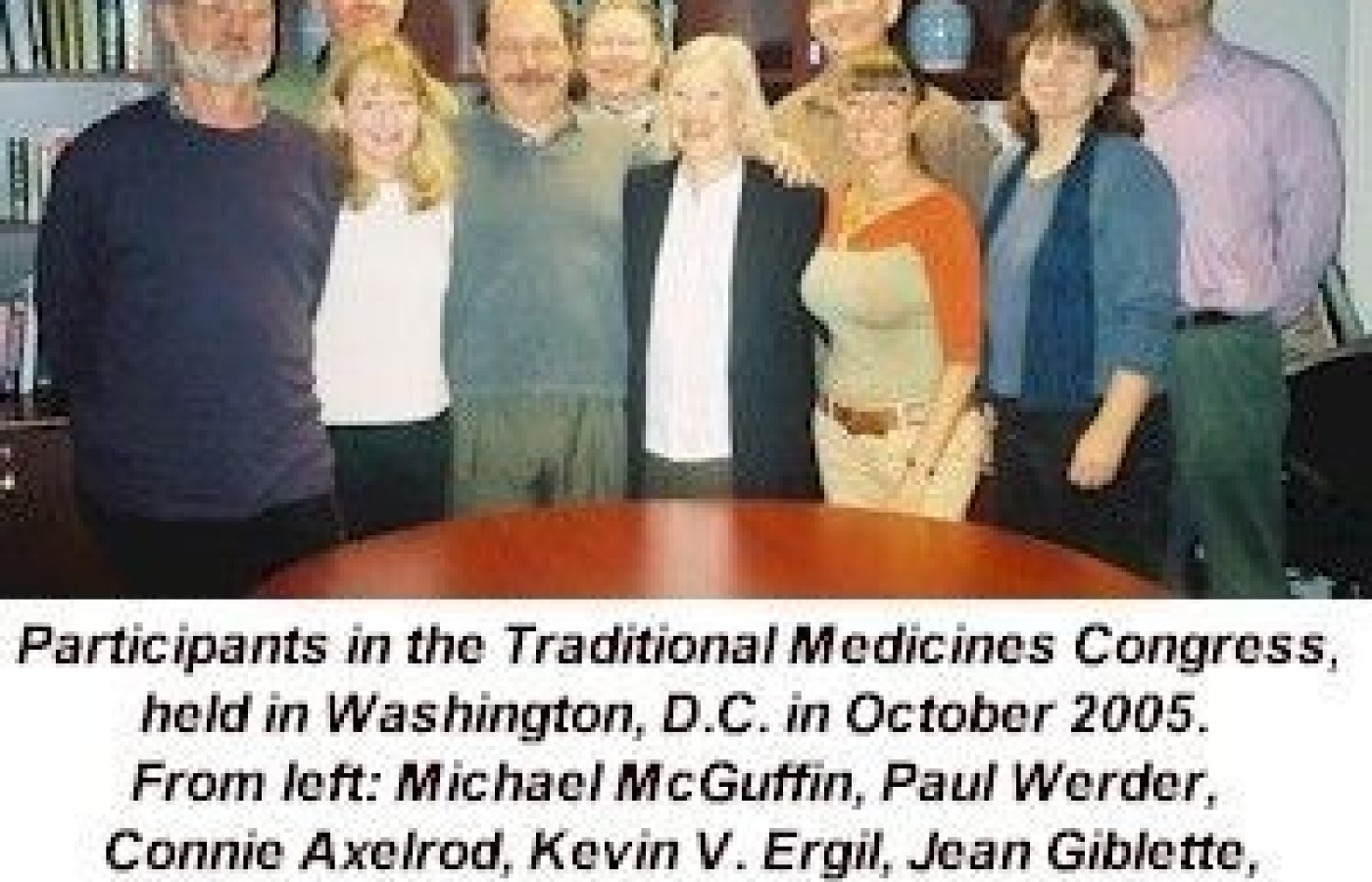Whether you accept it, avoid it or live somewhere in between, insurance coverage has become a defining issue for our profession. Patients increasingly expect to use their benefits, practitioners want to be compensated fairly for their time and expertise, and the system itself remains – at best – fragmented. The encouraging news is that coverage has expanded in meaningful ways. The challenging news is that reimbursement, across the board, remains inadequate.
Traditional Medicines Congress Calls for Comments on "Ideal Regulatory Model"
Nine national organizations working together as the Traditional Medicines Congress1 have released the first draft of A Proposed Regulatory Model for Traditional Medicines: Guiding Assumptions and Key Components. This comprehensive document presents ideas for a new model for the regulation of traditional medicines in the United States, and will be subject to an open review process by interested individuals and organizations.
The nine organizations, representing acupuncturists, herbalists, Oriental medicine practitioners, naturopathic physicians, ayurvedic practitioners, and manufacturers of traditional products joined together in 2004 to exchange ideas about the future of traditional medicines in the U.S. The result of these discussions was the formation of the Traditional Medicines Congress. In seeking to emphasize both the value of traditional medicines and the responsibilities associated with their use, the following statement was agreed upon:
The goal of the Traditional Medicines Congress is to benefit public health by ensuring access to traditional medicines in a manner that provides a reasonable expectation of public safety.

The acupuncture and Oriental medicine community is well-represented in the Congress by Corinne Axelrod and Mercy Yule (of the Acupuncture and Oriental Medicine Alliance), Claudette Baker and David Molony (of the American Association of Oriental Medicine), Kevin Ergil (of the Council of Colleges of Acupuncture and Oriental Medicine), and Bryn Clark (of the National Certification Commission for Acupuncture and Oriental Medicine). This occasion marks the first time these groups have worked together with national organizations of related professions to address one of the most critical issues facing practitioners and consumers today.
Traditional Medicine Congress: Guiding Assumptions
For brevity's sake, the "Guiding Assumptions" portion of A Proposed Regulatory Model for Traditional Medicines is included below for review. The entire document is available online at the address below.
| Congress on the Future of Traditional Medicines Guiding Assumptions October 7, 2005 ... remembering the agreed upon Purpose of this Congress: To benefit public health by ensuring access to traditional medicines in a manner that provides a reasonable expectation of public safety Assumptions Re: Reasons to Act
Assumptions Re: Reasons to Create a Traditional Medicine Category
Assumptions Re: An Ideal Regulatory Model
Assumptions Re: The Long-Term Process
|
Your Comments Wanted
Anyone with an interest in traditional medicines is invited to review the draft document the Traditional Medicines Congress has developed. A PDF version of A Proposed Regulatory Model for Traditional Medicines, including both "Guiding Assumptions" and "Key Components," is available online at acupuncturetoday.com/online/tmcongress.pdf. Comments regarding the document can be e-mailed to tmcongressfeedback@pobox.com. The deadline for comments is March 30, 2006.
Reference
- The nine national organizations of the TM Congress are the Acupuncture and Oriental Medicine Alliance, the American Association of Naturopathic Physicians, the American Association of Oriental Medicine, the American Herbalists Guild, the American Herbal Products Association, the Council of Colleges of Acupuncture and Oriental Medicine, the Medicinal Herb Consortium, the National Ayurvedic Medical Association, and the National Certification Commission for Acupuncture and Oriental Medicine.



